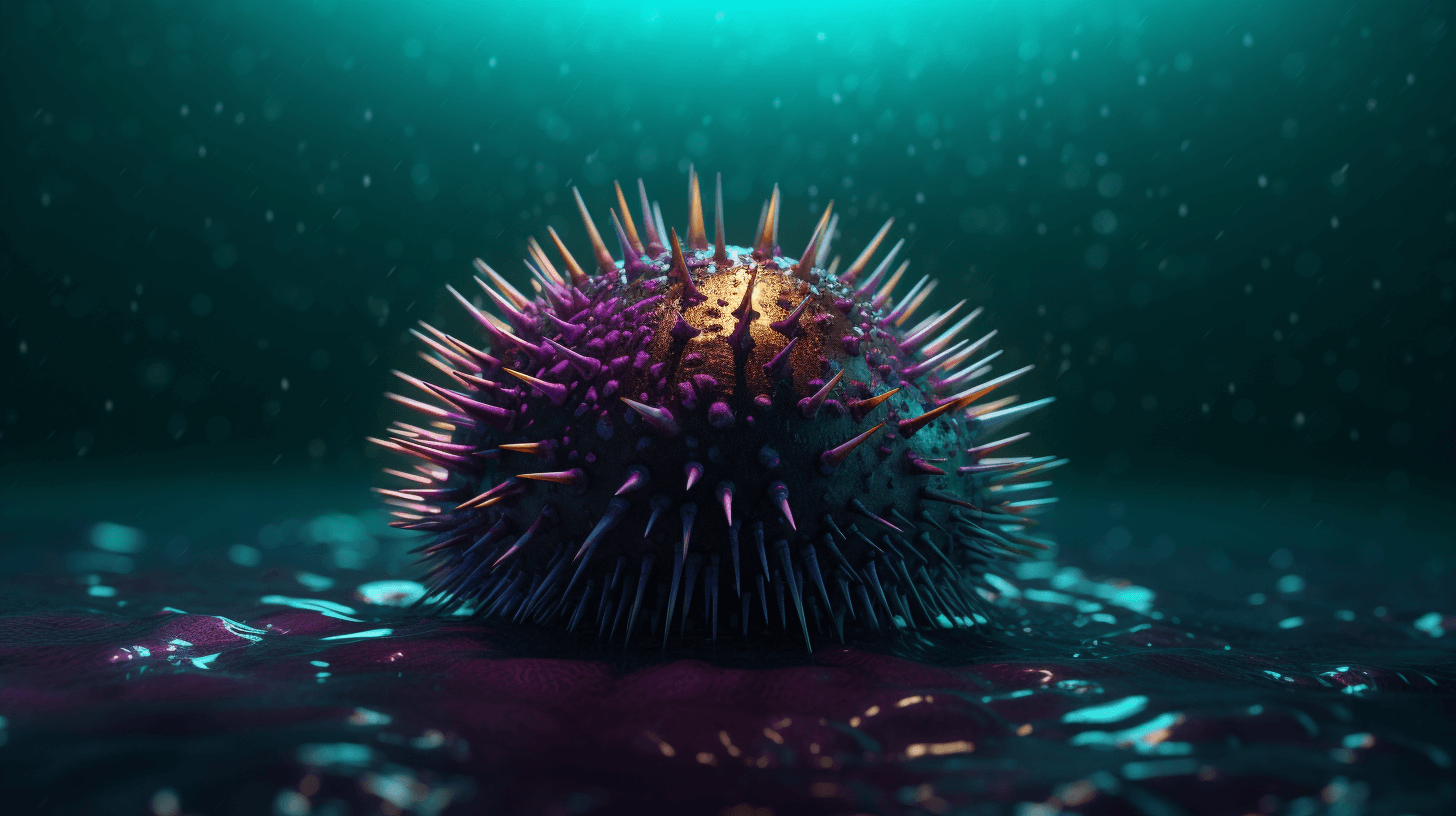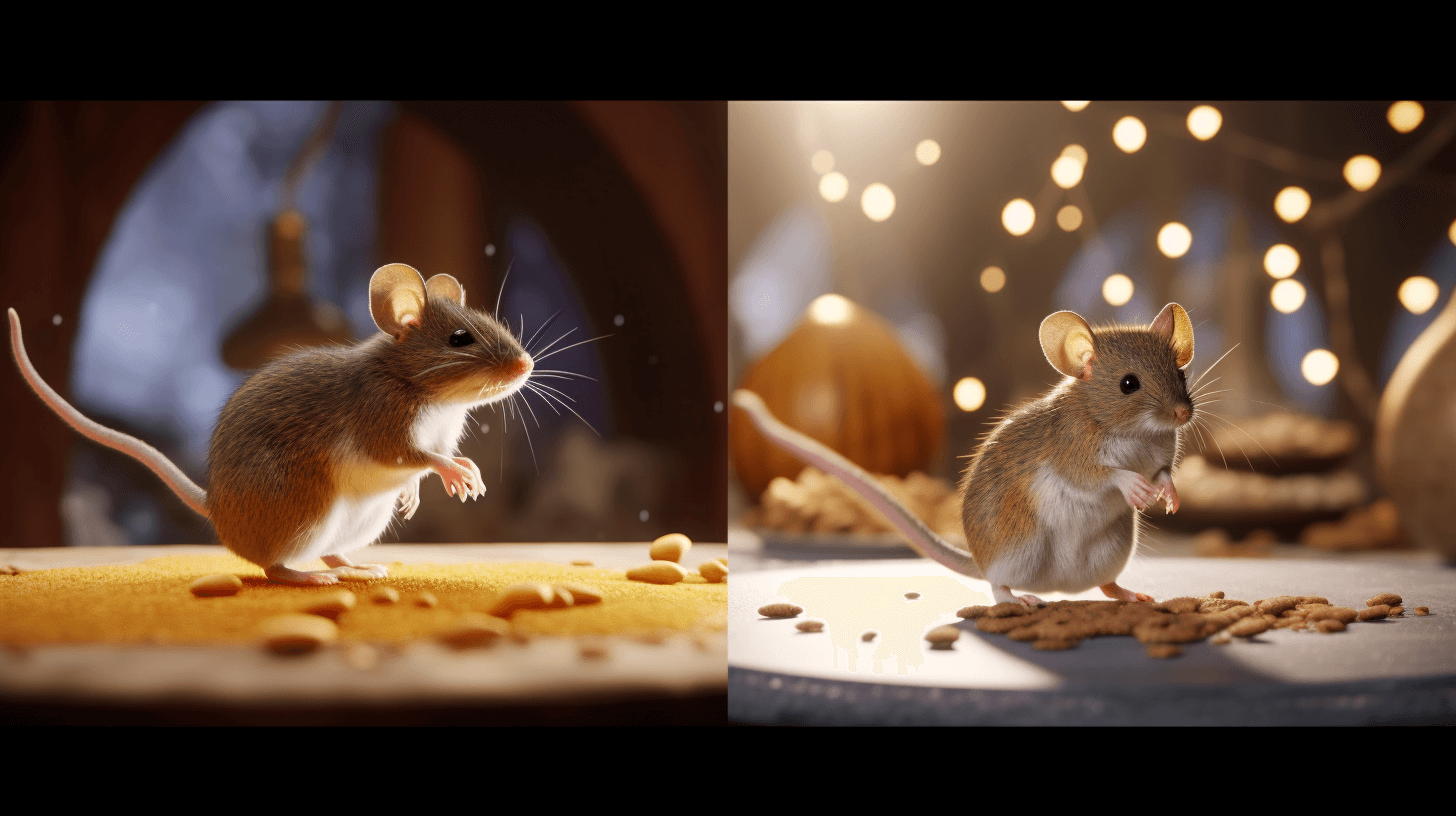🌊🦔 Da Sea Urchin Killah Mystery Solved! 🕵️♂️🔎
Wassup ev’rybody! Sumting crazy wen happen las’ year, da sea urchins in da Caribbean wen start get sick – dey wen lose dea spines, all die off, an’ da reef ecosystem wen get all nuts. Now, scientists tink dey wen catch da killah fo’ dis marine murder mystery. 😱🌊
Da buggah dat wen cause all da trouble is one tiny single-celled parasite, da researchers wen report on Wednesday in da journal Science Advances. “Da case stay closed,” sed study author Mya Breitbart, one marine microbiologist at da University of South Florida. 🦠🔬
Da long-spined sea urchins, or Diadema antillarum, stay prickly black buggahs hiding in reefs all ova da Caribbean. Dey real important cuz dey da “lawnmowers” of da reef, Breitbart wen say. Dey eat all da algae dat grow on da corals. 🌿🦔
But in January 2022, dese animals wen start show all kine weird symptoms – dea sharp spines drooping an’ falling off, dea suction-cup feet losing dea grip – den dey wen die off all ova, from da Virgin Islands to Puerto Rico to Florida. 🏝️💀
Fo’ da marine scientists, dey wen tink “Eh, we seen dis before, yeah?” One odda die-off wen happen back in da 1980s an’ wen wipe out sea urchin populations by about 98%. Dat case neva wen get solved. But dis time, one international team of researchers wen go fo’ broke, taking samples from sick urchins an’ da healthy ones all ova da Caribbean fo’ look fo’ clues in dea genes. 🧬🔍
Dey neva wen find viruses o’ bacteria, sed study author Ian Hewson, who researches marine diseases at Cornell University. But dey wen find small kine single-celled organisms called ciliates, an’ dey wen only show up in da sick urchins. 🦠😷
Even dough plenny ciliates no cause disease, dis kine stay linked wit odda aquatic outbreaks, so dey wen tink, “Ho, dis da main suspect,” Hewson sed. 🌊🚔
Fo’ be shua dey wen catch da killah, scientists wen put da parasites in tanks wit healthy urchins dat wen grow up in captivity, jus’ fo’ see how dey goin’ react. Outta 10 urchins dat wen fight da tiny buggahs, 60% of dem wen die – afta showing da same symptoms da researchers wen see in da wild. 🦠🌊
Maybe dis same parasite wen cause da die-off back in da 1980s too, but da scientists no can be shua, Breitbart wen say.
Dey still neva find one way fo’ treat da sick urchins. But dey get plenny hope dat knowing da source of da die-offs goin’ help protect da reefs, especially wen dey learn mo’ about how da parasites spread, Breitbart wen say. 🏥🦠
Da sea urchin deaths an’ odda stresses already wen change da reefs big time, sed Don Levitan, one marine scientist at Florida State University who neva wen work on dis study. 🌊🌡️
NOW IN ENGLISH
🌊🦔 Sea Urchin Killer Mystery Solved! 🕵️♂️🔎
Last year, sea urchins in the Caribbean began to get sick – losing their spines, dying off, and throwing the reef ecosystem into chaos. Now, scientists believe they’ve identified the culprit behind this marine murder mystery. 😱🌊
A tiny single-celled parasite is to blame for the massive die-off, researchers reported Wednesday in the journal Science Advances. “The case is closed,” said study author Mya Breitbart, a marine microbiologist at the University of South Florida. 🦠🔬
These long-spined sea urchins, or Diadema antillarum, are prickly black creatures that hide in reefs across the Caribbean. They play a key role as “lawnmowers” of the reef, Breitbart said, eating up the algae that grows on corals. 🌿🦔
But in January 2022, these animals began showing strange symptoms – their sharp spines drooping and falling off, their suction-cup feet losing their grip – before dying off in large numbers, from the Virgin Islands to Puerto Rico to Florida. 🏝️💀
For marine scientists, it felt like déjà vu: another die-off occurred in the 1980s, reducing sea urchin populations by around 98%. That case was never solved. But this time, an international team of researchers sprang into action, taking samples from sick urchins and healthy ones across the Caribbean to look for genetic clues. 🧬🔍
They didn’t find signs of viruses or bacteria, said study author Ian Hewson, who researches marine diseases at Cornell University. But they did discover traces of tiny single-celled organisms called ciliates, which only appeared in the sick urchins. 🦠😷
Although most ciliates don’t cause disease, this type has been linked with other aquatic outbreaks, making it a prime suspect, Hewson said. 🌊🚔
To confirm they’d caught the killer, scientists placed the parasites in tanks with healthy urchins raised in captivity to see how they’d react. Out of 10 urchins who were exposed to the tiny creatures, 60% of them died – after showing the same symptoms researchers observed in the wild. 🦠🌊
It’s possible that this same parasite also caused the die-off in the 1980s, but scientists can’t be sure, Breitbart said.
And they haven’t figured out a way to treat the diseased urchins. But they’re hopeful that knowing the source of the die-offs will help conserve the reefs, especially once they learn more about how the parasites spread, Breitbart said. 🏥🦠
These urchin deaths and other stresses have already transformed the reefs, added Don Levitan, a marine scientist at Florida State University who was not involved with the study. 🌊🌡️







